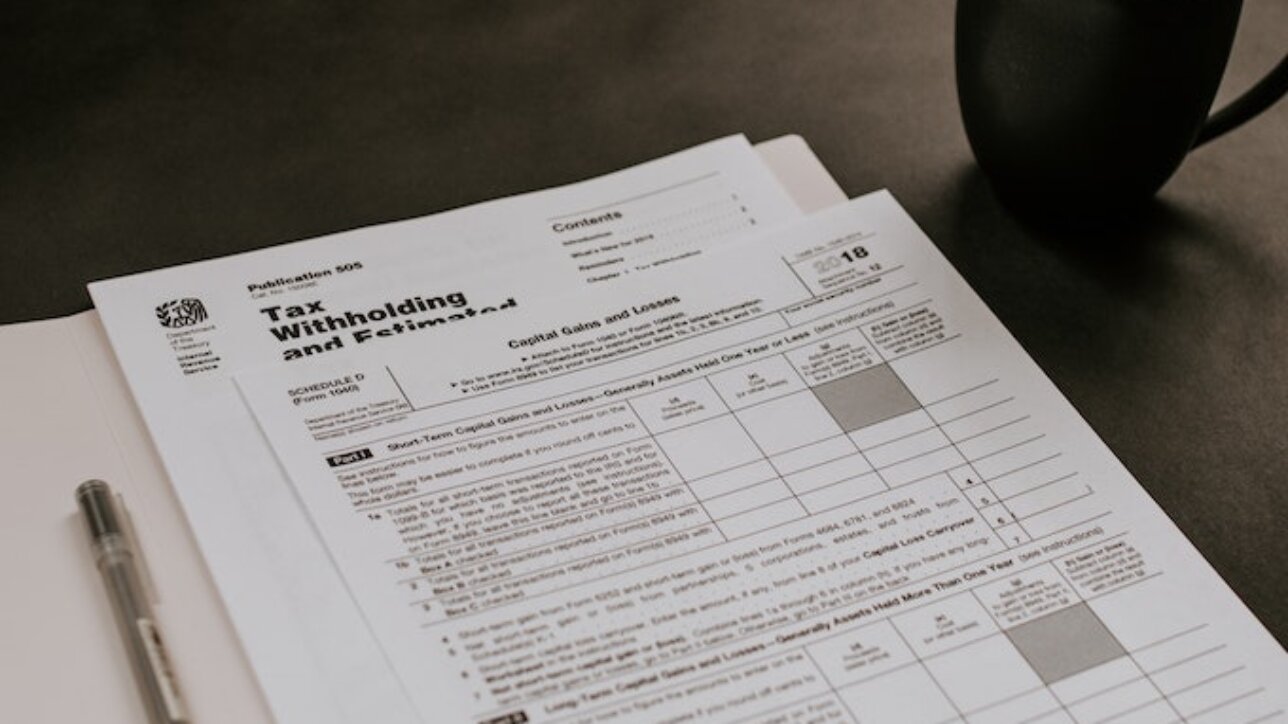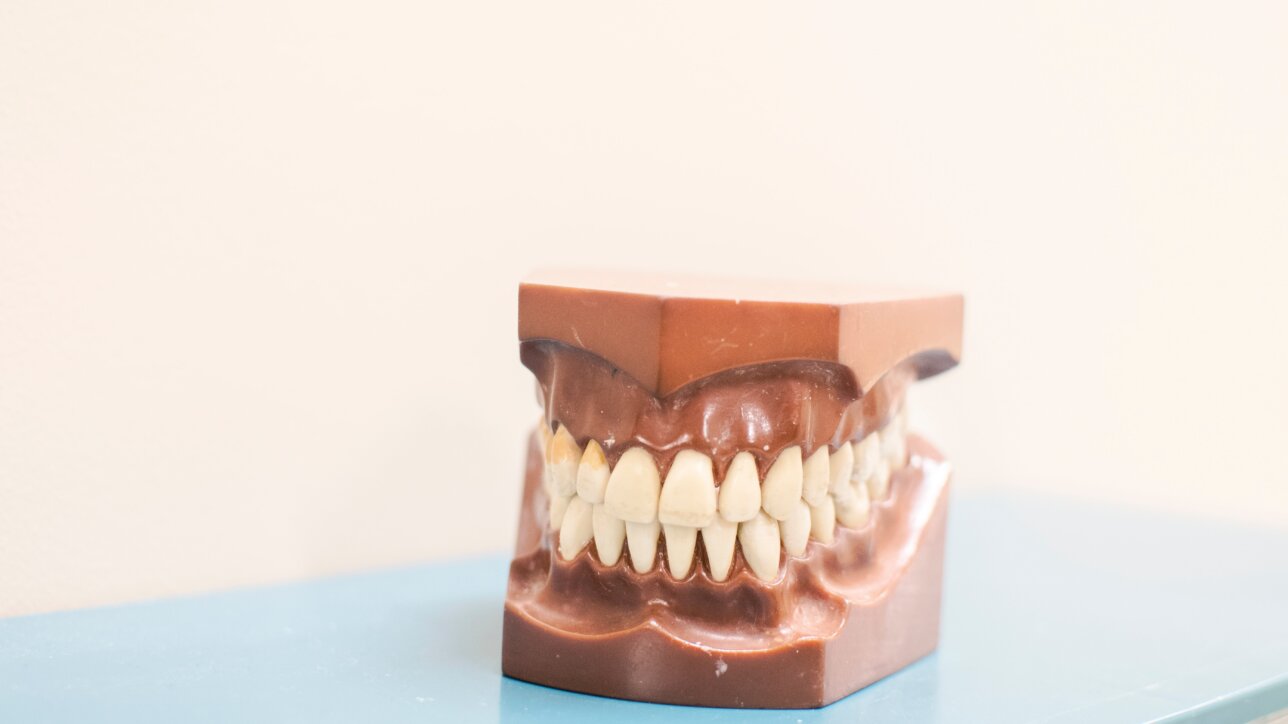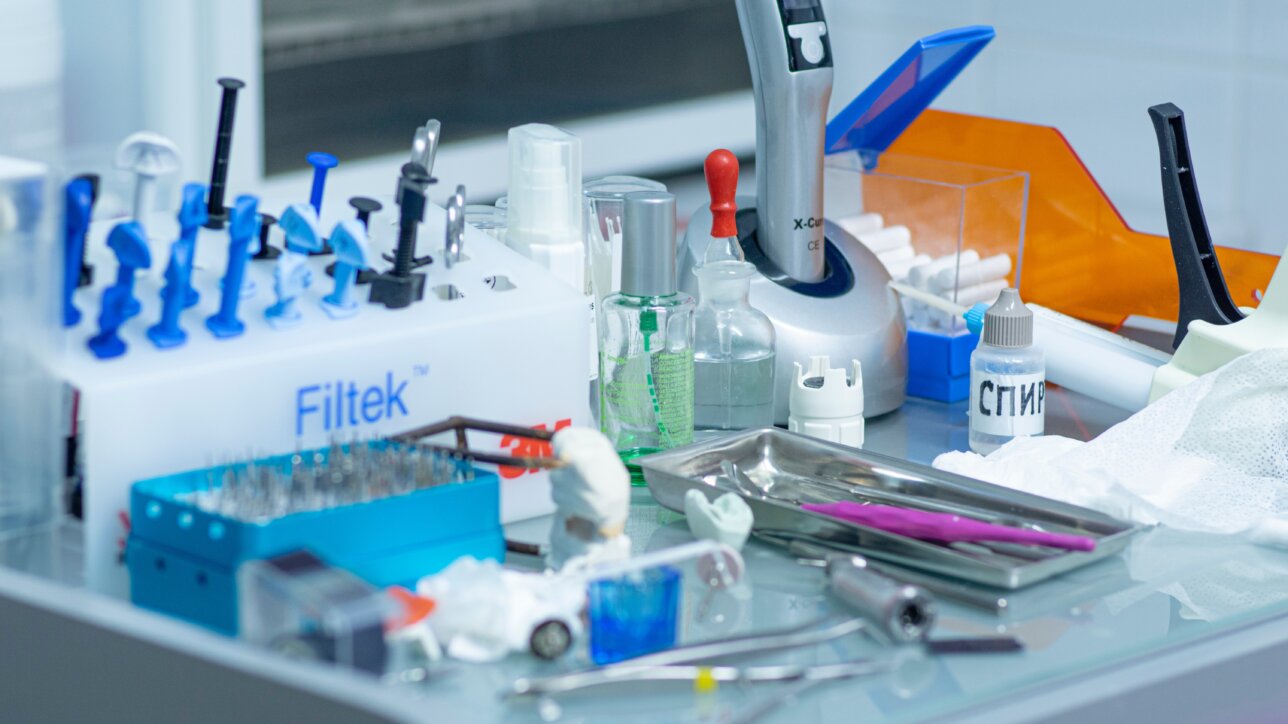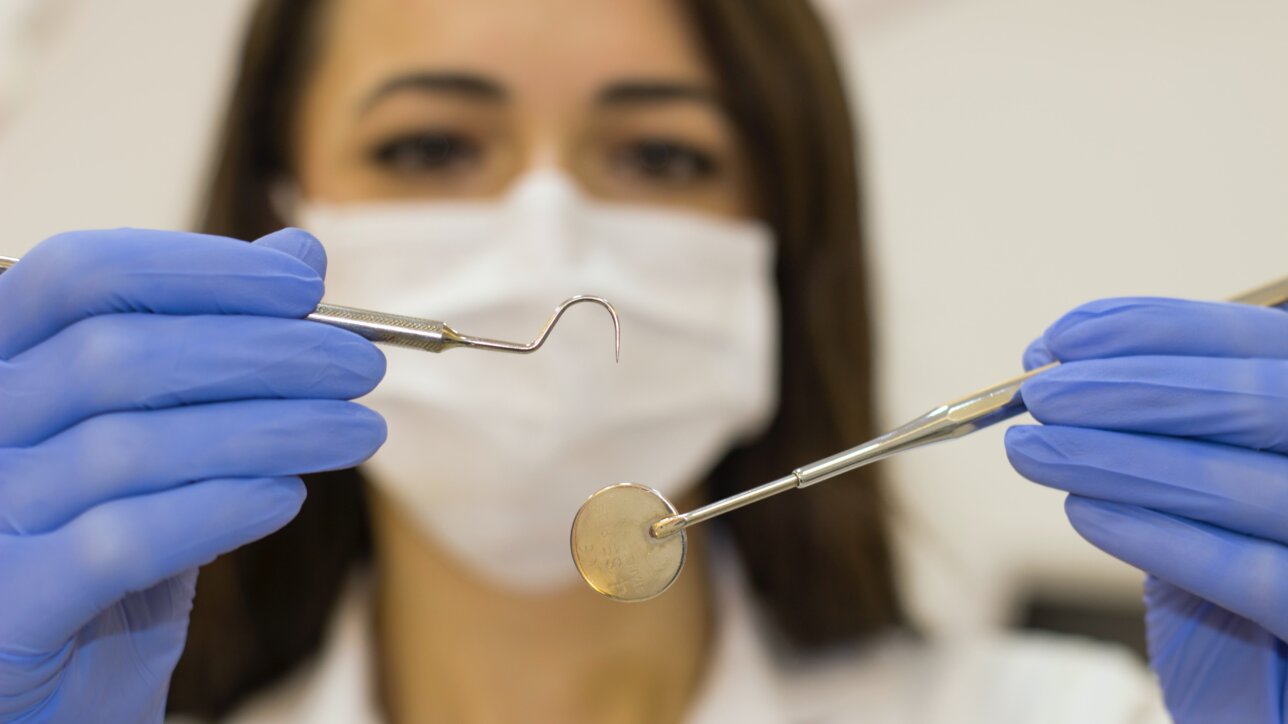
October 6, 2020
3 Ways to Ensure Financial Accountability and Prevent Embezzlement in Your Dental Practice

According to an article in the fall issue of “Dental Entrepreneur” by Kim McCleskey, a practice transition consultant for Professional Transition Strategies (PTS), it’s not a matter of if you get embezzled; it’s when. However, with proper oversight, you won’t be left wondering if there was anything else you could have done to prevent misappropriation of funds. Here are three ways to ensure financial accountability in your dental practice.
Recruitment and employee retention
Yes, you’ll want to hire for skill, but don’t overestimate the power hiring for character will do for employee retention. A resume will already tell you if the applicant is qualified for the position, so use the interview as an opportunity to screen for character. After running a background check on an applicant, get the rest of the team involved in the hiring process to come to an agreed-upon decision. After all, it’ll most likely be your employees who train this new person, so you’ll want to ensure a level of comfort on both ends.
Daily accountability
At the end of each day, you’ll want to ensure the accuracy of treatment documentation and insurance submission accuracy. This includes comparing the master schedule with any cancellations or reschedulings and same-day treatments. Computer reports should include a day sheet by provider and adjustments, bank deposits by amount and type, and insurance explanation of benefits posted that day. It’s important to also note any refunds requested and a list of follow-up calls to be made, as well as any reviewing instructions for the provider, such as production, adjustment, and refund and credit balances.
Monthly meeting preparation
In preparation for a monthly staff accountability meeting, your bookkeeper should run the following reports: patient collections, patient refunds, insurance refunds, care credit or other third-party fees, merchant credit card fees, and profits and losses, noting expense percentages of wages, dental supplies, lab fees, office supplies, marketing, and rent. Use this as a guide to make sure all your numbers line up and your staff is on track and held accountable for any differences.
What’s next?
Contact the experts at PTS to arrange a consultation of your dental practice to ensure financial accountability among staff.







